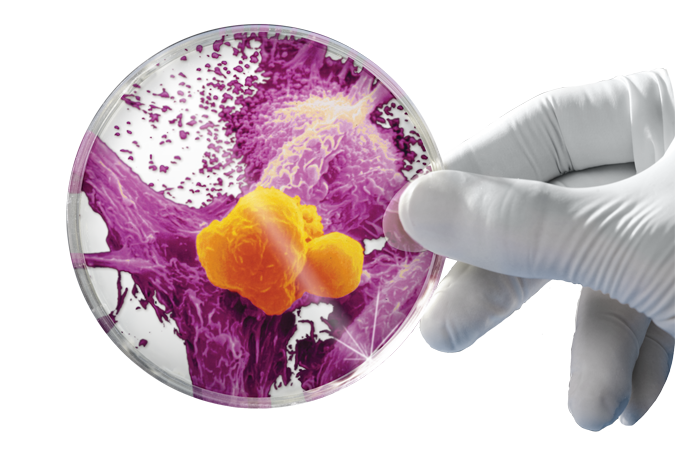
Sambucus nigra/ Black elder, black-berried European elder/ boor tree/ bountry/ elder/ ellanwood, ellhorn
Elderberries have been used for their medicinal benefits for thousands of years throughout North America, Europe, Western Asia and North Africa. In the Middle Ages, it was considered a Holy Tree due to its ability to improve health and longevity. Elderberries are full of powerful nutrition and have incredible health benefits.
Sambucus nigra is the variety of Elderberry that is most often used for health benefits as it is the only variety considered to be non-toxic even when not cooked, but it is still recommended to cook the berries at least a little to enhance their taste and digestibility.
Elderberries have long been used as food, particularly in the dried form. Elderberry wine, pie, and lemonade are some of the popular ways to prepare this plant as food. These tiny pungent flavored berries are loaded with vitamin C and have long been used as an immune system ally.
Used for its antioxidant activity, to lower cholesterol, improve vision, boost the immune system, improve heart health and for coughs, colds, flu, bacterial and viral infections and tonsilitis. Elderberry juice was used to treat a flu epidemic in Panama in 1995.
Elderberries were listed in the CRC Handbook of Medicinal Herbs as early as 1985, and are listed in the 2000 Mosby’s Nursing Drug reference for colds, flu, yeast infections, nasal and chest congestion, and hay fever. In Israel, Hasassah’s Oncology Lab has determined that elderberry stimulates the body’s immune system and they are treating cancer and AIDS patients with it. The wide range of medical benefits (from flu and colds to debilitating asthma, diabetes, and weight loss) is probably due to the enhancement of each individual’s immune system.
Medicinal Uses and Indications:
These berries contain very high amounts of the polyphenol anthocyanin, which give them their dark color. Anthocyanin’s antioxidant ability allows the berries to survive periods of intense UV light radiation from the sun. These antioxidants are passed on to those who consume the berry and provideanti-carcinogenic benefits.
Elderberry has a very high ORAC, or oxygen radical absorbance capacity, score: over twice as much as blueberry and cranberry. Elderberry also contains trace minerals and has more vitamin C than oranges. Studies have shown that elderberry supports brain health, improves immune coordination, protects blood vessels and reduces cancer cell growth patterns in the body.
Colds and Flu
Elderberry contains a potent antiviral agent called “antivirin” which helps neutralize the activity of the hemagglutinin spikes. When these spikes are deactivated, the viruses are no longer able to get inside of the cell and replicate.
Thus Elderberry help treat cold and flu symptoms by reducing congestion and possibly making you sweat more. One study suggested that using a standardized elderberry extract, Sambucol, could shorten the duration of flu by about 3 days. Sambucol also contains other herbs plus vitamin C, so no one knows whether elderberry by itself would have the same effect.
Another preliminary study found that a lozenge with elderberry extract (ViraBLOC) helped reduce flu symptoms when taken within 24 hours of symptoms starting. In the lab, one study suggested that elderberry could kill the H1N1 virus (“swine flu”) in test tubes, but researchers don’t know whether it would be effective against H1N1 in people.
Bacterial Sinusitis (Sinus Infection)
One study examined the use of a proprietary product, Sinupret, to treat bacterial sinusitis along with an antibiotic (doxycycline or Vibramycin) and a decongestant. People who took the combination did better compared to those who did not take Sinupret. However, Sinupret contains other herbs along with elderberry, so no one knows whether taking elderberry alone would work as well.
Astma and Bronhitis
Elderberry is useful for herpes simplex, inflammation, asthma and bronchitis. The flavonoids, including quercetin, are believed to account for the therapeutic effects of the elderberry flowers and berries. Animal studies have shown the flowers to have anti-inflammatory properties.The leaves were touted to be pain relieving and to promote healing of injuries when applied as a poultice. Native Americans used the plant for infections, coughs, and skin conditions.
Reproductive and glandular system
The juice is especially good as a tonic for the reproductive and glandular system, and elderberry blossoms, when dried, can be used as a kidney tea which increases the production of urine and helps to eliminate excess water from the body. The tea of the flowers promotes perspiration and is used particularly for colds and for rheumatic complaints. An elderberry jam is mildly laxative and is suitable for irritated or inflamed intestines and for small children.
When most people contract a cold or flu, they head to their doctor or the local drug store to pick up some type of drug they believe will alleviate their symptoms. With a cold, flu or any other virus, drugs only have the ability to mask or treat symptoms, but they cannot eliminate the virus itself. Only the immune system can do that. Viruses, which are very small infectious agents that replicate inside the body, only cause illness in the first place if the immune system fails to do its job.
The immune system is constantly keeping threats at bay. Most people don’t realize that their body is very frequently hosting viruses, which don’t result in illnesses. This is because the immune system is able to neutralize these viruses before they can replicate to the point where they start causing symptoms. Thus, the most effective way to avoid illnesses caused by viruses, or any other infectious agent for that matter, is to maintain a strong immune system.
Heart diseases
A 2000 study published in Free Radical Biology and Medicine showed that elderberry anthocyanins protect the inner layer of blood vessels from oxidative stress. The inner membrane of the blood vessels are called the endothelium. This study and others have shown that the epithelial cells absorb anthocyanins into their membrane, which gives them a strong protection from inflammatory stressors. This effect improves circulation and reduces the risk of heart disease and stroke.
When the immune system fails, use elderberries!
For those times when the immune system has failed to do its job, there is one natural remedy that has proven to be among the most effective for battling viruses. There are many natural remedies, foods and other techniques that can enhance immune function, but in the case of battling common viruses specifically, elderberry posses an especially high rate of efficacy. Elderberries, which happen to be a very powerful antioxidant, have been used for centuries in folk medicine (as well as today, in other countries around the world) to treat colds, influenza, wounds (when applied topically) and have even shown to be effective against the herpes simplex virus.
A 2001 study published in the U.S. National Library of Medicine stated that elderberry extracts are “natural remedies with antiviral properties, especially against different strains of influenza virus.” Another 2004 study published in the NLM commented on reduced duration of flu symptoms when using elderberry: “Symptoms were relieved on average four days earlier and use of rescue medication was significantly less in those receiving elderberry extract compared with placebo.” University of Maryland Medial Center writes “Elderberry may have anti-inflammatory, antiviral, and anticancer properties” and “one study suggested that elderberry could kill the H1N1 virus.”
One more powerful herb, which can be used in combination with elderberry is Echinacea. Many herbalists also recommend echinacea to help boost the immune system and help the body fight infections.

Echinacea is widely used to fight infections, especially the common cold and other upper respiratory infections. Some people take echinacea at the first sign of a cold, hoping they will be able to keep the cold from developing. Other people take echinacea after cold symptoms have started, hoping they can make symptoms less severe. Echinacea is also used against many other infections including the flu, urinary tract infections, vaginal yeast infections, genital herpes, bloodstream infections (septicemia), gum disease, tonsillitis, streptococcus infections, syphilis, typhoid, malaria, and diphtheria.
Other uses not related to infection include chronic fatigue syndrome (CFS), rheumatism, migraines, acid indigestion, pain, dizziness, rattlesnake bites, and attention deficit-hyperactivity disorder (ADHD).
Sometimes people apply echinacea to their skin to treat boils, abscesses, skin wounds, ulcers, burns,eczema, psoriasis, UV radiation skin damage, herpes simplex, bee stings, and hemorrhoids. Now, people are becoming interested in echinacea again because some antibiotics don’t work as well as they used to against certain bacteria.
Interesting fact is that archaeologists have found evidence that Native Americans may have used Echinacea for more than 400 years to treat infections and wounds and as a general “cure-all.” Throughout history people have used echinacea to treat scarlet fever, syphilis, malaria, blood poisoning, and diphtheria. Although this herb was popular during the 18th and 19th centuries, its use began to decline in the United States after the introduction of antibiotics.

























